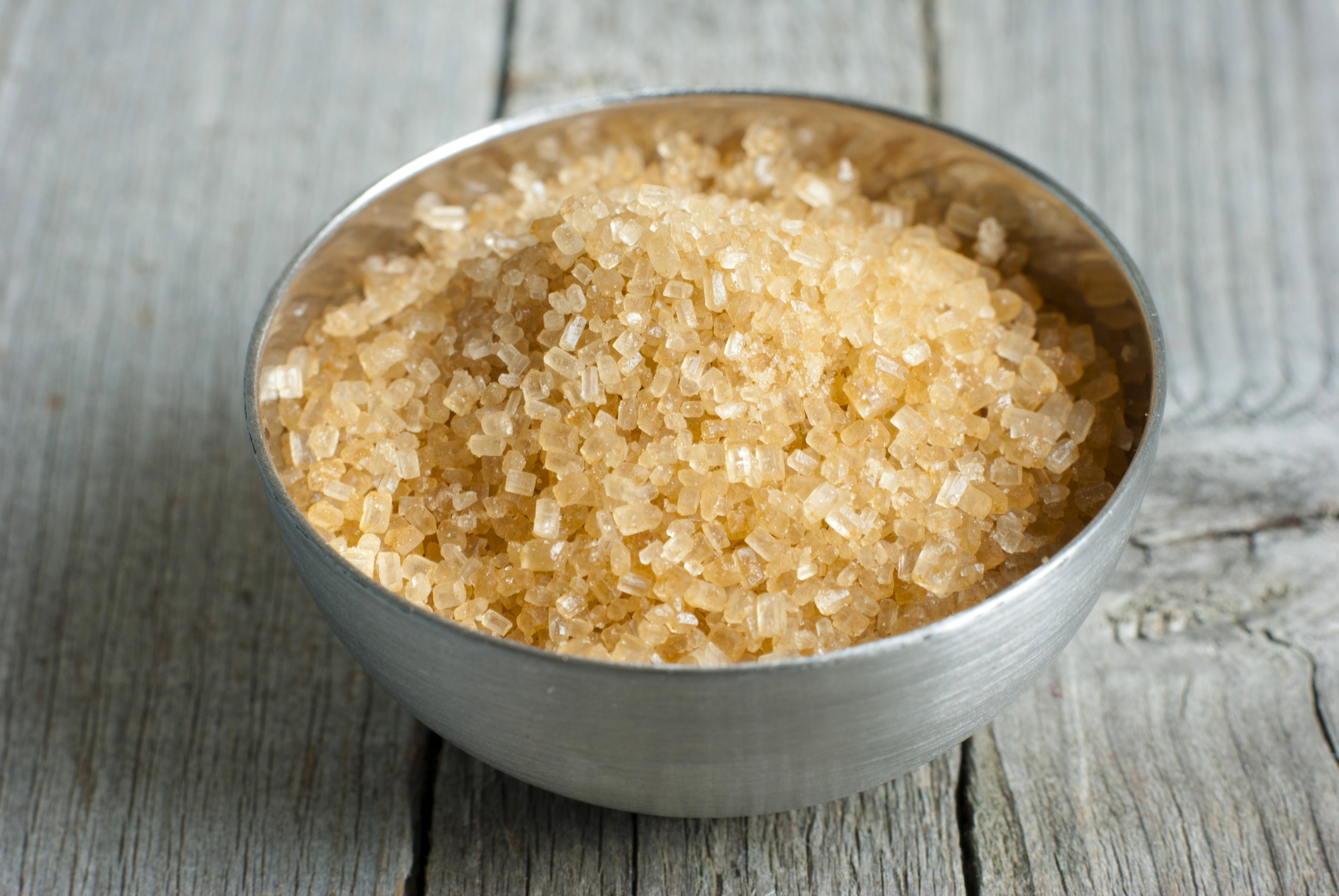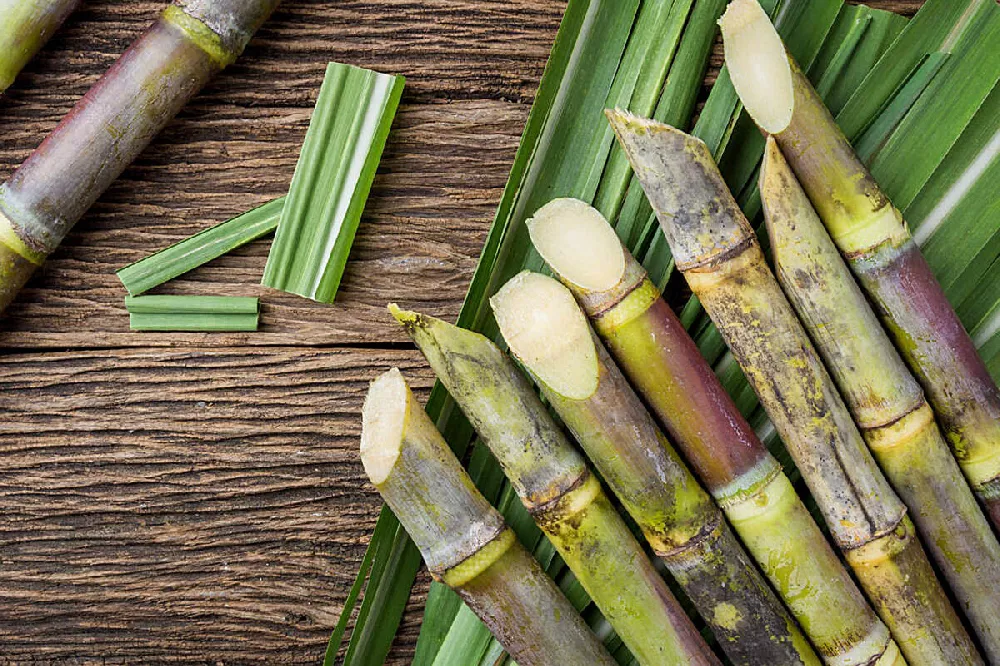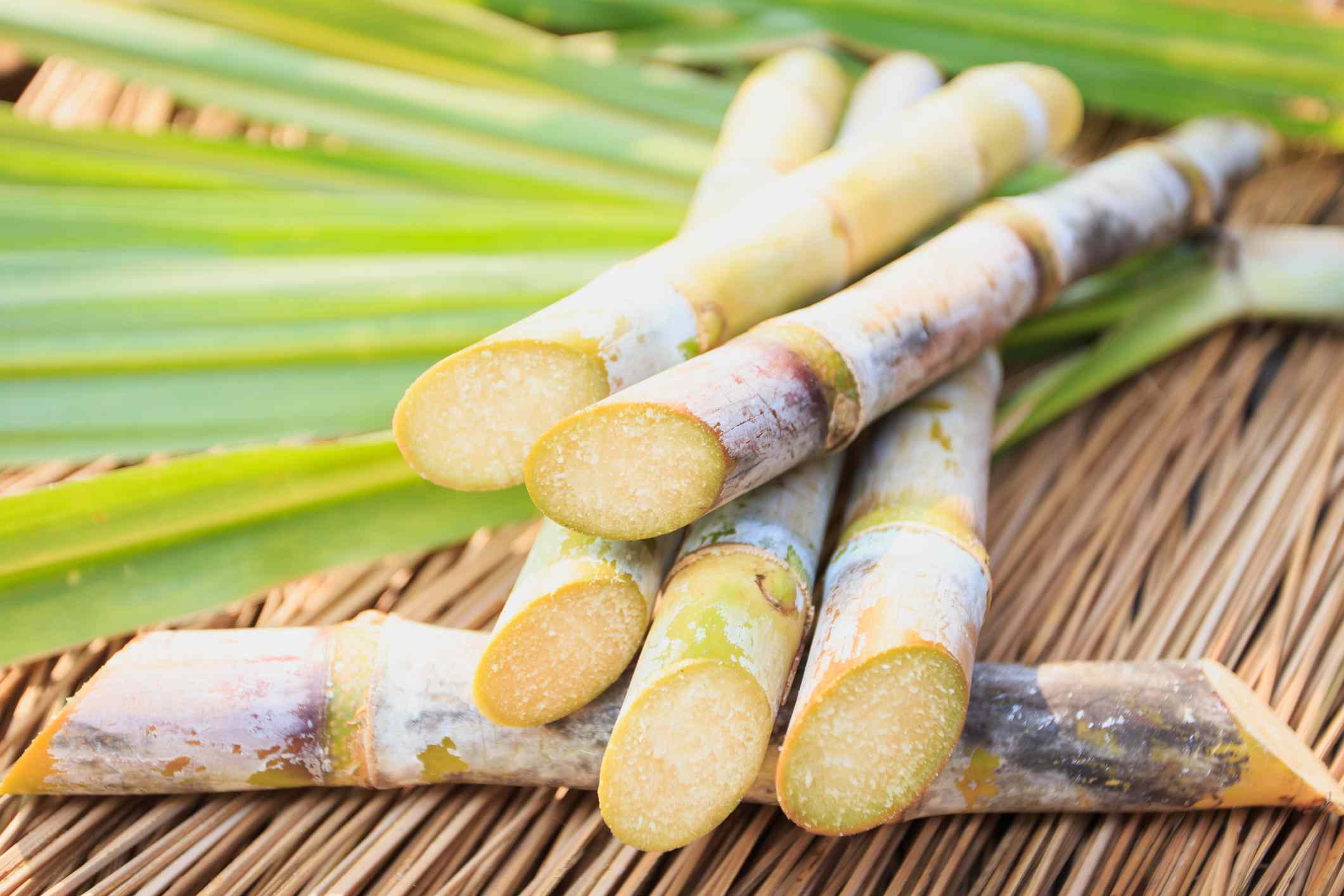Discovering the Comprehensive Tips Included in Cane Sugar Handling From Gathering to Improvement
The procedure of cane sugar manufacturing incorporates a series of detailed steps, beginning with the mindful harvesting of sugarcane and finishing in the refinement stages that make certain the final product satisfies market criteria. Each stage, from the extraction of juice to the purification and formation processes, plays a critical role in figuring out the quality and character of the sugar.
Gathering Sugarcane
Gathering sugarcane is an essential action in the cane sugar processing chain, as it directly affects the top quality and return of the end product. Correct timing and strategies are essential throughout this phase to ensure optimal sugar content and minimize losses. Generally, sugarcane is gathered when it gets to maturation, normally 12 to 18 months after growing, defined by a high sucrose concentration.

Post-harvest, the sugarcane should be processed swiftly to stop sucrose degradation. Preferably, harvested walking cane needs to be transported to refining centers within 24 hours to maintain sugar top quality. Therefore, reliable logistical preparation is vital to keep the stability of the gathered plant throughout the supply chain.
Removal Refine

The crushed cane goes through a series of pressing procedures to optimize juice healing. Generally, hot water is sprayed onto the smashed walking cane, developing a countercurrent flow that assists dissolve the sugar while also aiding in the removal procedure. The juice gathered from this procedure has not only sugar however additionally various organic compounds and contaminations.

To enhance removal performance, some facilities might utilize diffusion techniques, where the sugarcane is soaked in warm water, enabling the soluble sugars to diffuse into the liquid. The resulting juice, rich in sucrose, is after that directed to subsequent processing stages, laying the structure for filtration and refinement. The extraction process is therefore essential in establishing the high quality and return of the last sugar product.
Purification Methods
The filtration techniques used in walking cane sugar handling are crucial for changing the raw juice right into a high-grade sugar item. These methods primarily aim to remove impurities, such as soil, plant products, and inorganic substances, which can adversely influence the end product's taste and shade.
This process involves including lime and warmth to the raw juice, which promotes the coagulation of pollutants. Additionally, the usage of phosphoric acid can improve the clarification procedure by additional binding pollutants.
Another substantial method is carbonatation, where co2 is introduced to the clarified juice. This reaction generates calcium carbonate, which captures continuing to be pollutants and promotes their elimination.
Additionally, activated carbon therapy may be used to adsorb any type of continuing to be colorants and organic impurities, ensuring an extra refined product. The mix of these techniques effectively prepares the sugar juice for succeeding action in the refining process, setting the phase for the production of premium walking cane sugar.
Formation Techniques
After the filtration phase, the following crucial action in cane sugar handling entails crystallization techniques, which play an essential role in transforming the made clear juice right into solid sugar. This process commonly utilizes 2 key methods: spontaneous condensation and regulated formation.
In spontaneous crystallization, supersaturated sugar options are permitted to cool down naturally, resulting in the formation of sugar crystals gradually. This approach is easier but may cause uneven crystal sizes and lower pureness degrees. On the various other hand, regulated crystallization is a more accurate method where seeding, temperature, and concentration representatives are meticulously managed. This method enables the uniform web development of sugar crystals and higher pureness.
Throughout condensation, the clarified juice is focused with evaporation, increasing its sugar material up until it gets to supersaturation. Once this point is achieved, either technique can help with the condensation procedure. Cane Sugar Processing. The resultant sugar crystals are after that separated from the staying syrup through centrifugation
Ultimately, the choice of condensation method impacts the top quality, size, and pureness of the last sugar item, making this step necessary in the total walking cane sugar handling procedure.
Refinement and Product Packaging
Just how can the purity and top quality of walking cane sugar be further boosted after formation? The refinement procedure plays a vital function in achieving high-quality cane address sugar. Complying with formation, sugar goes through a detailed washing to remove contaminations and residual molasses. This is typically accomplished utilizing cozy water or steam, which helps dissolve and extract unwanted aspects while protecting the sugar crystals.
Next, the sugar is subjected to a procedure called centrifugation, where it is spun at broadband to separate the purified sugar crystals from the continuing to be liquid. After centrifugation, the sugar is often additional fine-tuned via an approach called carbonization or phosphatation, which utilizes activated carbon or phosphoric acid to remove color and off-flavors.
Once refined, the sugar is dried to attain the wanted wetness content, making certain that it remains steady throughout storage and transport. The last step includes packaging the refined sugar in moisture-proof and impermeable containers to keep its high quality and avoid contamination. Cane Sugar Processing. Correct packaging not just extends life span yet likewise helps with very easy handling and distribution, guaranteeing that consumers obtain sugar that meets the highest possible standards of pureness and high quality
Final Thought
The comprehensive steps associated with walking cane sugar handling, from the careful harvesting of sugarcane to the intricate refinement and packaging stages, underscore the importance of each phase in guaranteeing high-grade sugar manufacturing. Optimum harvesting techniques, effective removal approaches, and strenuous filtration procedures collectively contribute to the end product's purity and security. The crystallization and succeeding packaging practices even more improve the honesty websites and service life of the sugar, highlighting the intricacy and precision intrinsic in this crucial farming sector.
The process of cane sugar manufacturing incorporates a series of elaborate steps, beginning with the cautious harvesting of sugarcane and culminating in the refinement stages that ensure the final product fulfills sector requirements. Ideally, harvested walking cane must be transported to refining centers within 24 hours to maintain sugar high quality.In spontaneous crystallization, supersaturated sugar solutions are enabled to cool naturally, leading to the development of sugar crystals over time - Cane Sugar Processing. The refinement process plays an essential function in achieving high-grade cane sugar.The thorough steps included in walking cane sugar processing, from the meticulous harvesting of sugarcane to the elaborate refinement and packaging phases, underscore the relevance of each stage in guaranteeing high-quality sugar production